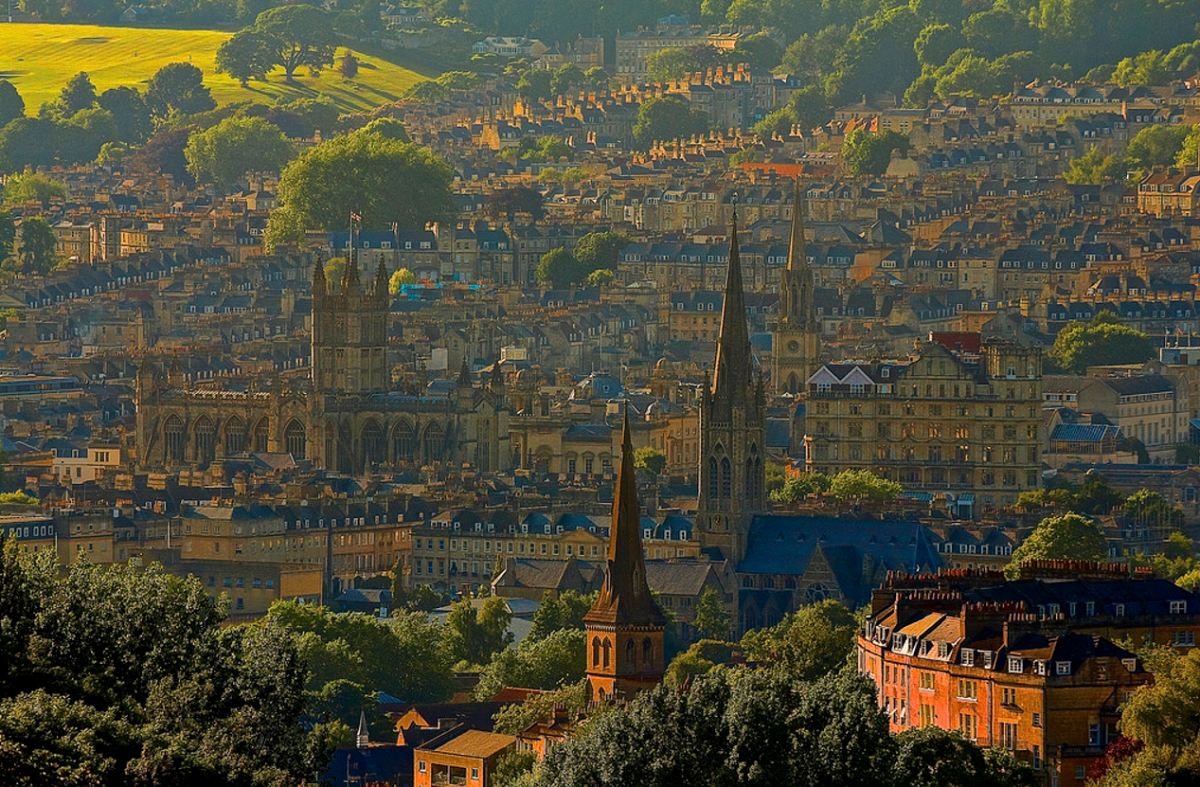
Bath is the largest city in the county of Somerset, England, known for and named after its its Roman-built baths. In 2011, the population was 88,859. Bath is in the valley of the River Avon, 97 miles (156 km) west of London and 11 miles (18 km) southeast of Bristol. The city became a World Heritage site in 1987.
The city became a spa with the Latin name Aquae Sulis ("the waters of Sul") c. 60 AD when the Romans built baths and a temple in the valley of the River Avon, although hot springs were known even before then.
Bath Abbey was founded in the 7th century and became a religious centre; the building was rebuilt in the 12th and 16th centuries. In the 17th century, claims were made for the curative properties of water from the springs, and Bath became popular as a spa town in the Georgian era. Georgian architecture, crafted from Bath stone, includes the Royal Crescent, Circus, Pump Room and Assembly Rooms where Beau Nash presided over the city's social life from 1705 until his death in 1761.
Many of the streets and squares were laid out by John Wood, the Elder, and in the 18th century the city became fashionable and the population grew. Jane Austen lived in Bath in the early 19th century. Further building was undertaken in the 19th century and following the Bath Blitz in World War II.
The city has software, publishing and service-oriented industries. Theatres, museums and other cultural and sporting venues have helped make it a major centre for tourism, with more than one million staying visitors and 3.8 million day visitors to the city each year.
There are several museums including the Museum of Bath Architecture, the Victoria Art Gallery, the Museum of East Asian Art, the Herschel Museum of Astronomy, Fashion Museum, and the Holburne Museum. The city has two universities – the University of Bath and Bath Spa University – with Bath College providing further education. Sporting clubs include Bath Rugby and Bath City F.C..
Bath became part of the county of Avon in 1974, and, following Avon's abolition in 1996, has been the principal centre of Bath and North East Somerset.
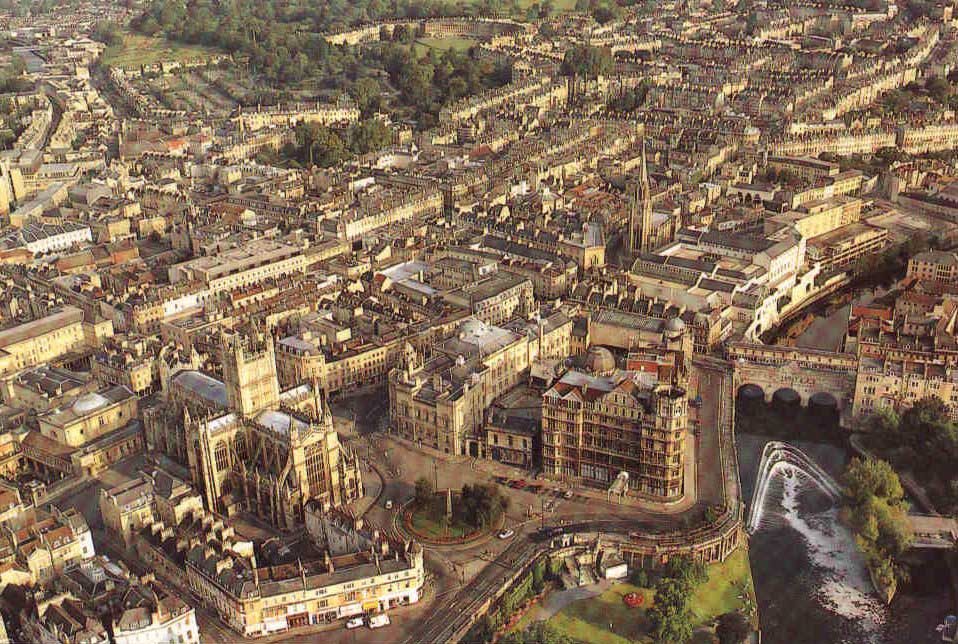

Bath became the centre of fashionable life in England during the 18th century when its Old Orchard Street Theatre and architectural developments such as Lansdown Crescent, the Royal Crescent, The Circus, and Pulteney Bridge were built.
Bath's five theatres – Theatre Royal, Ustinov Studio, the Egg, the Rondo Theatre, and the Mission Theatre – attract internationally renowned companies and directors and an annual season by Sir Peter Hall. The city has a long-standing musical tradition; Bath Abbey, home to the Klais Organ and the largest concert venue in the city, stages about 20 concerts and 26 organ recitals each year. Another concert venue, the 1,600-seat art deco The Forum, originated as a cinema. The city holds the annual Bath International Music Festival and Mozartfest, the annual Bath Literature Festival (and its counterpart for children), the Bath Film Festival, the Bath Digital Festival. the Bath Fringe Festival, the Bath Beer Festival and the Bath Chilli Festival. The Bach Festivals occur at two and a half-year intervals. An annual Bard of Bath competition aims to find the best poet, singer or storyteller.
The city is home to the Victoria Art Gallery, the Museum of East Asian Art, and Holburne Museum, numerous commercial art galleries and antique shops, as well as a number of other museums, among them Bath Postal Museum, the Fashion Museum, the Jane Austen Centre, the Herschel Museum of Astronomy and the Roman Baths. The Bath Royal Literary and Scientific Institution ) in Queen Square was founded in 1824 from the Society for the encouragement of Agriculture, Planting, Manufactures, Commerce and the Fine Arts founded in 1777. In September 1864, BRLSI hosted the 34th annual meeting of the British Science Association, which was attended by explorers David Livingstone, Sir Richard Francis Burton, and John Hanning Speke. The history of the city is displayed at the Museum of Bath Architecture, which is housed in a building built in 1765 as the Trinity Presbyterian Church. It was also known as the Countess of Huntingdon's Chapel, as she lived in the attached house from 1707 to 1791
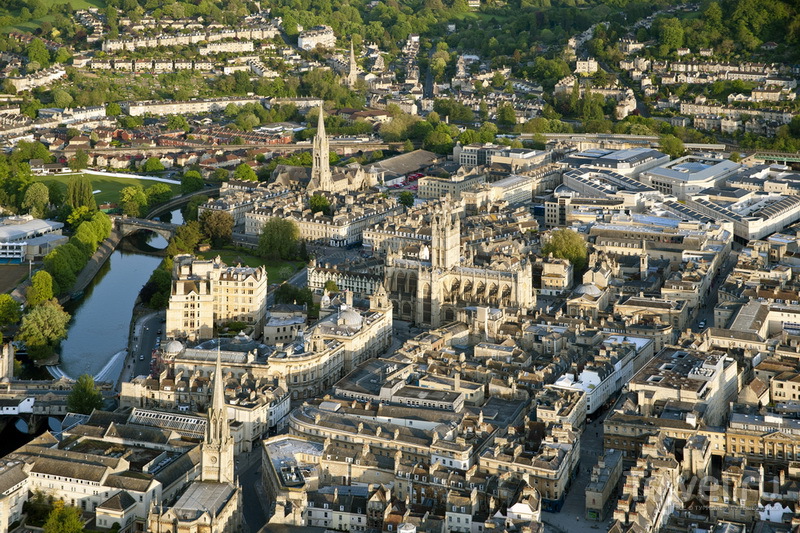

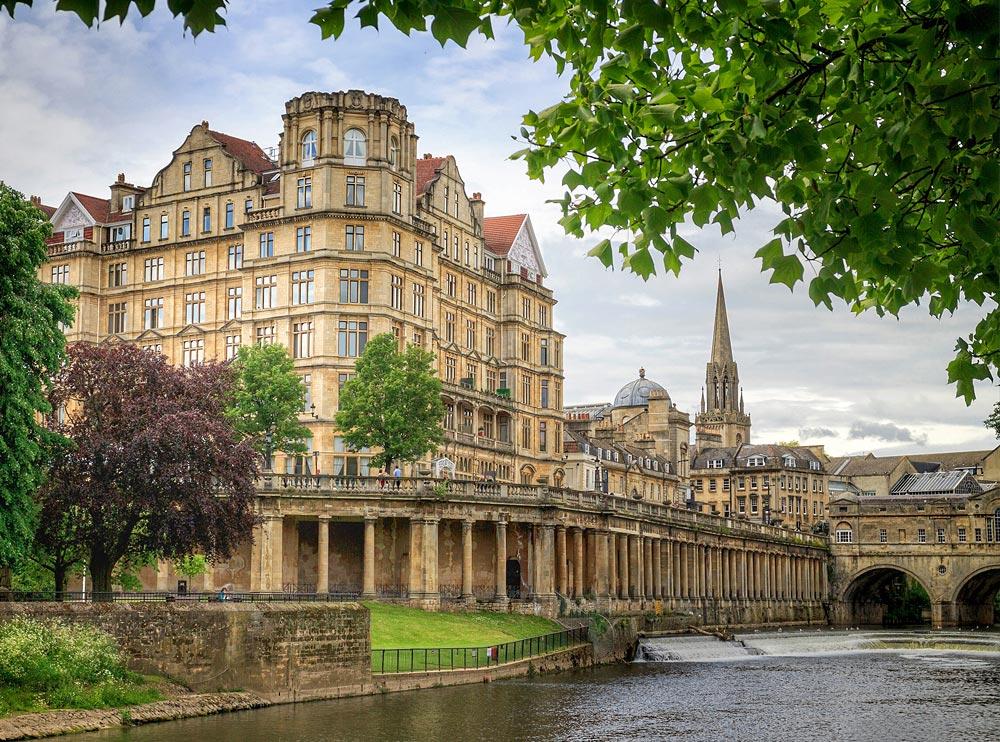
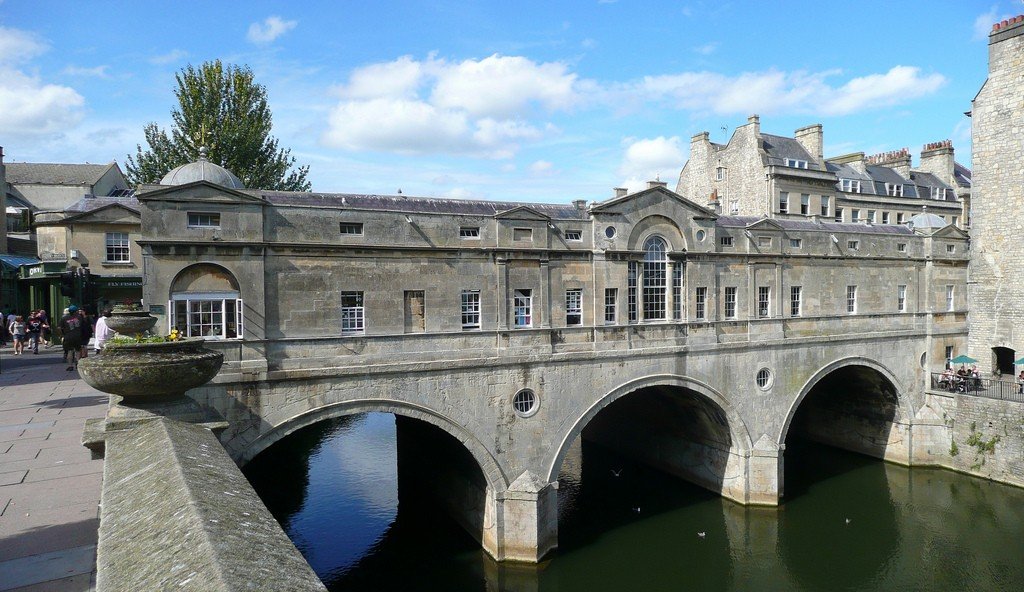

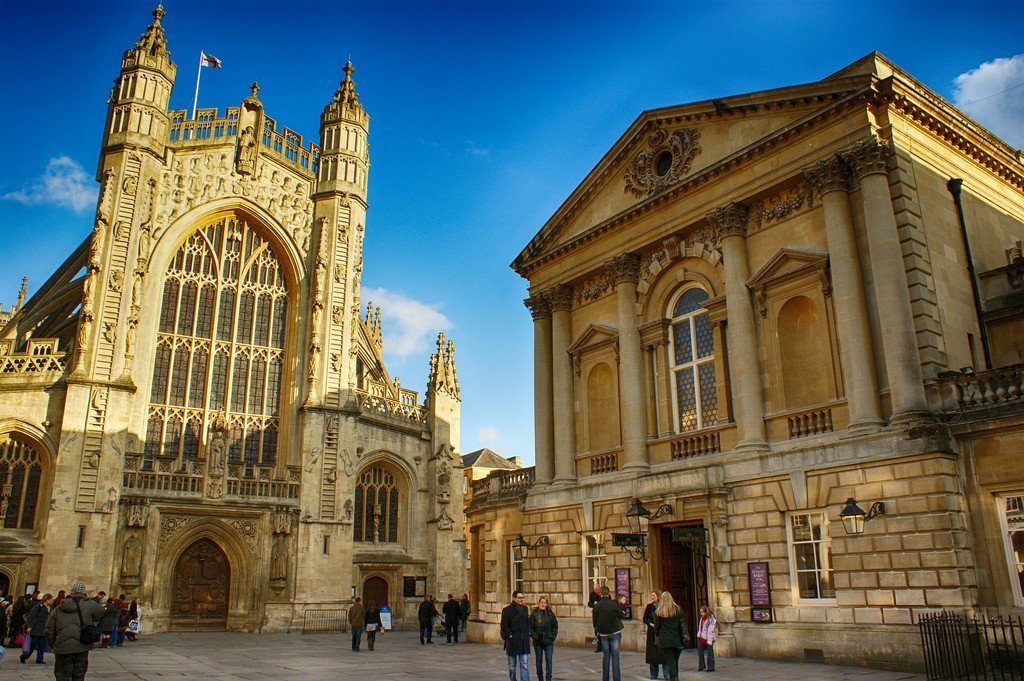
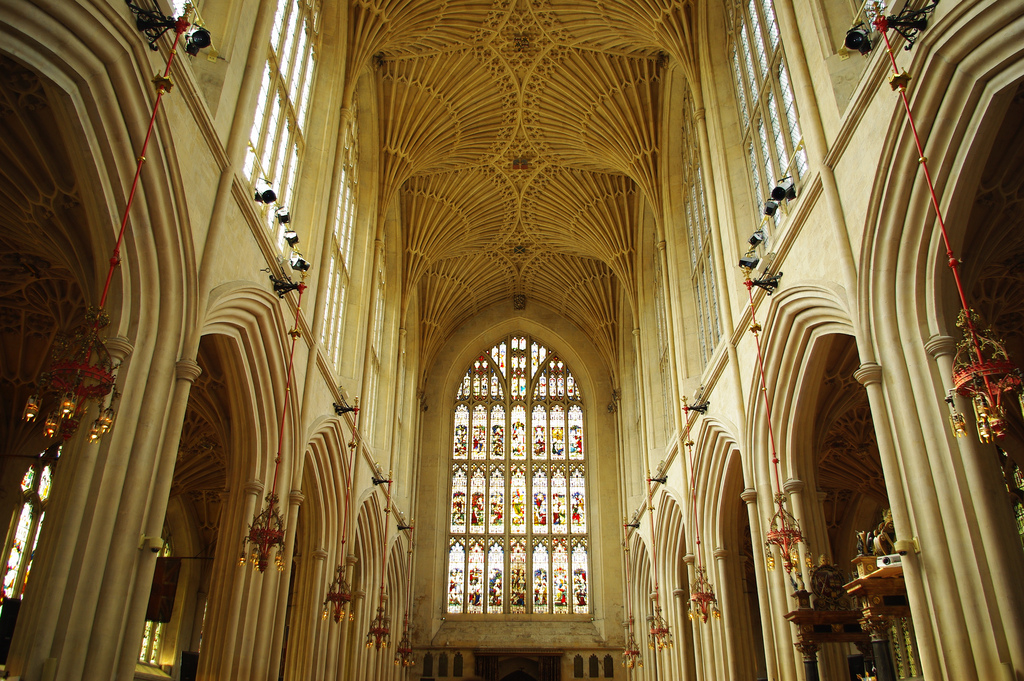
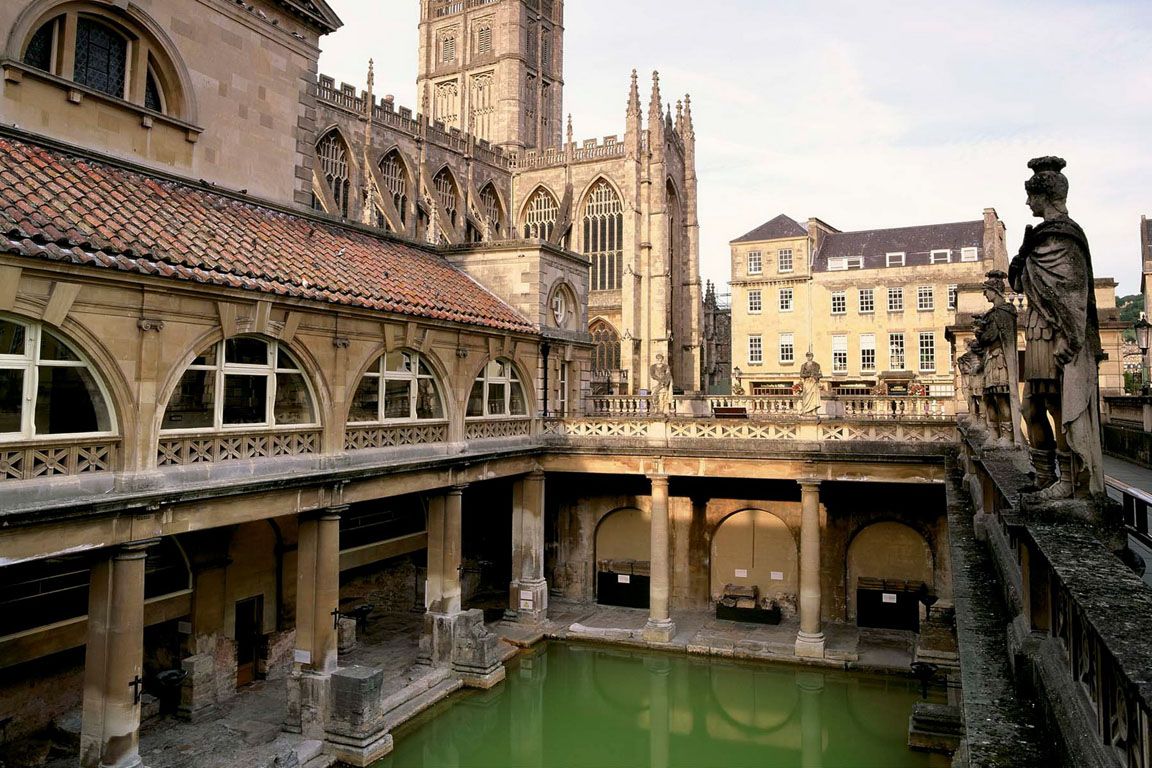
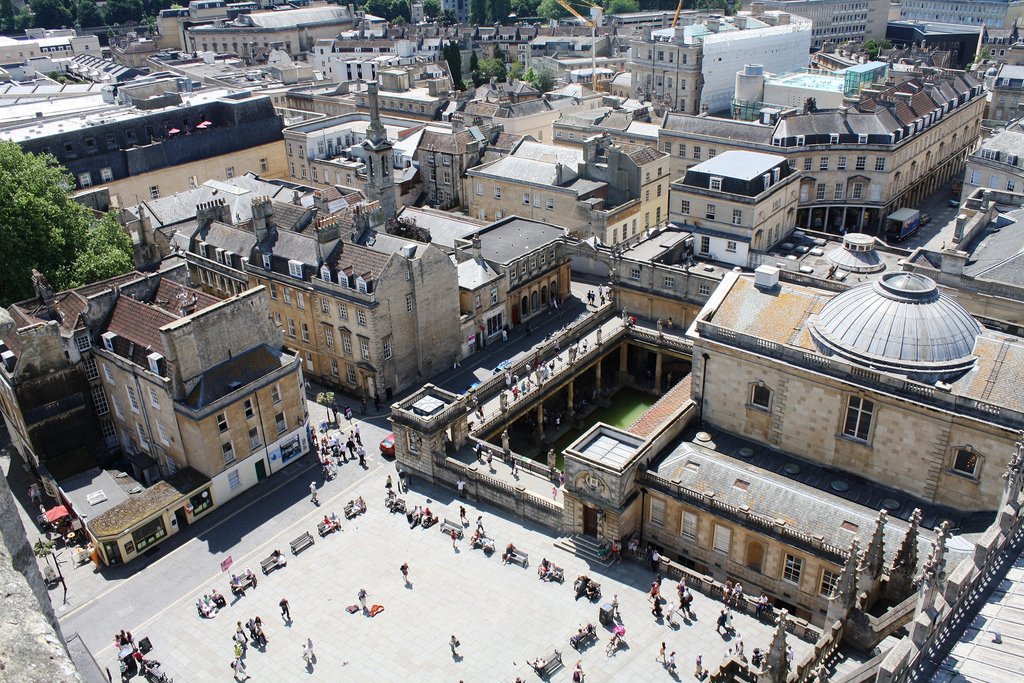
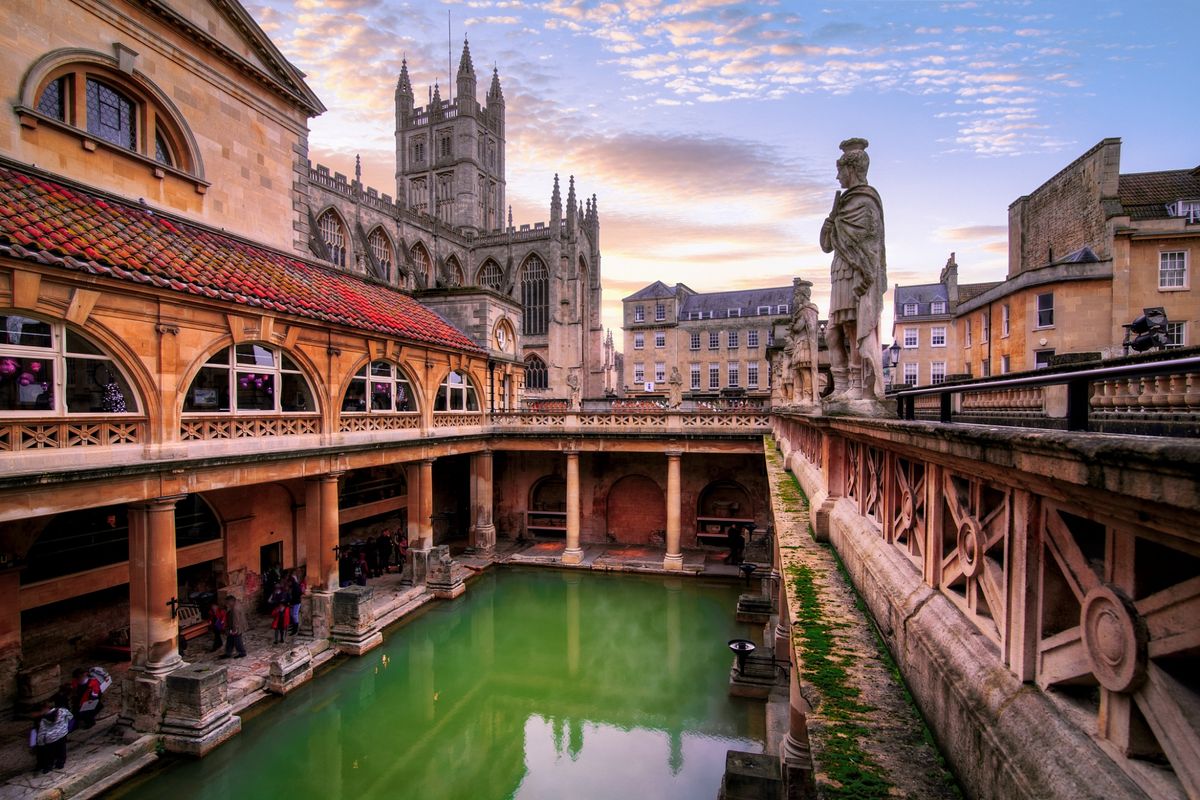

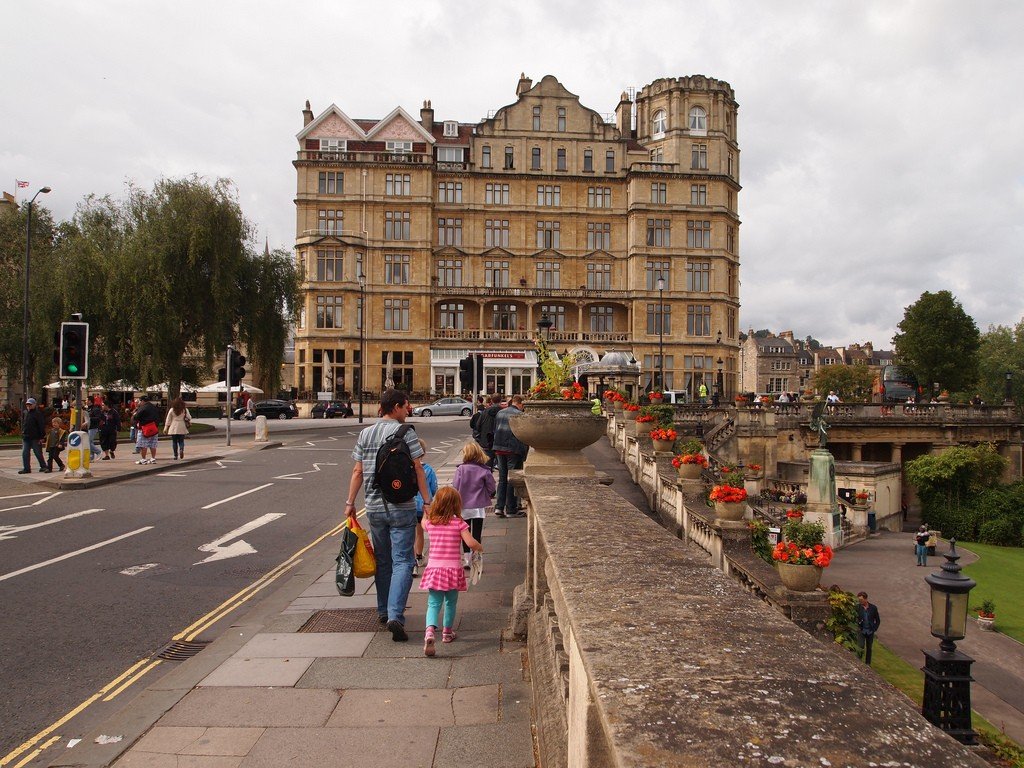

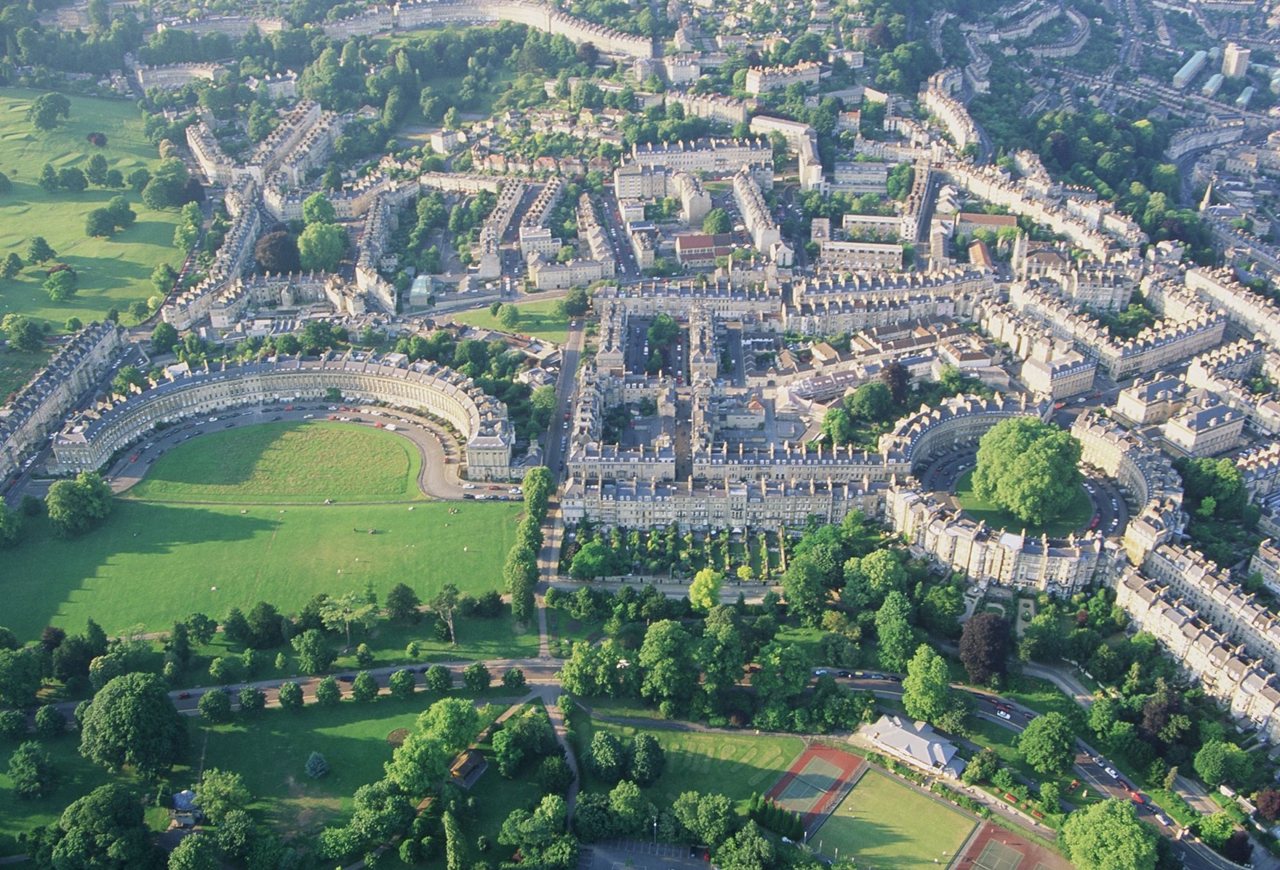
Victoria Art Gallery and Royal Victoria Park are named after Queen Victoria, who wrote in her journal "The people are really too kind to me.". This feeling seemed to have been reciprocated by the people of Bath: "Lord James O'Brien brought a drawing of the intended pillar which the people of Bath are so kind as to erect in commemoration of my 18th birthday."
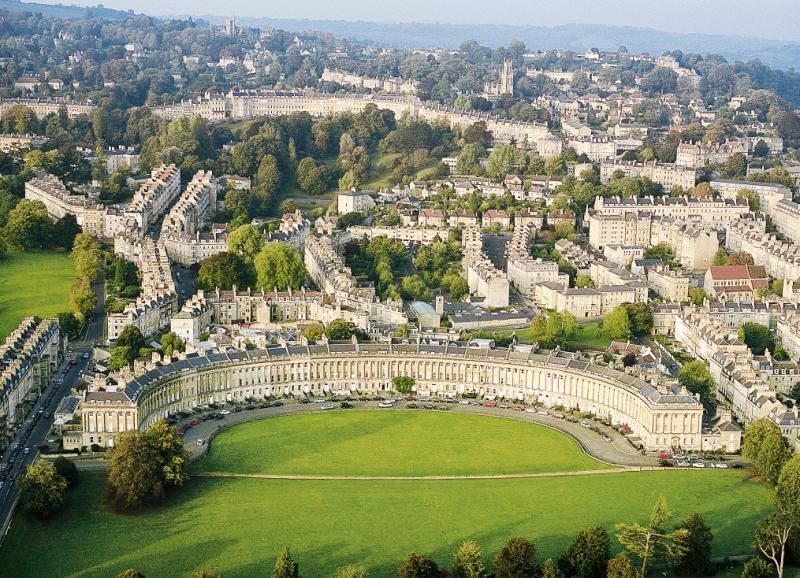
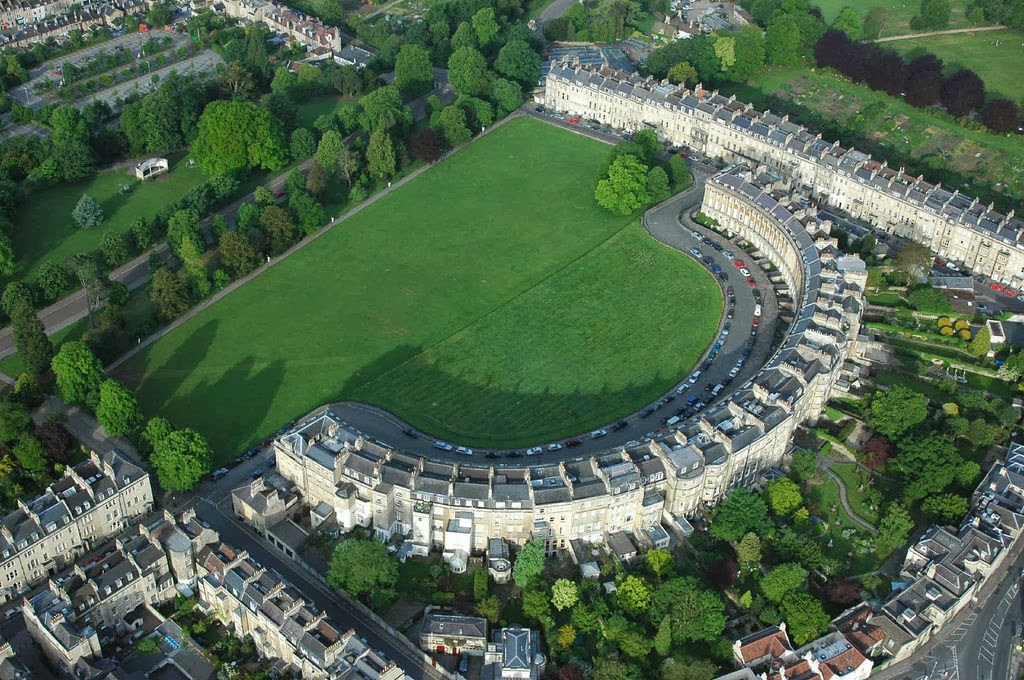
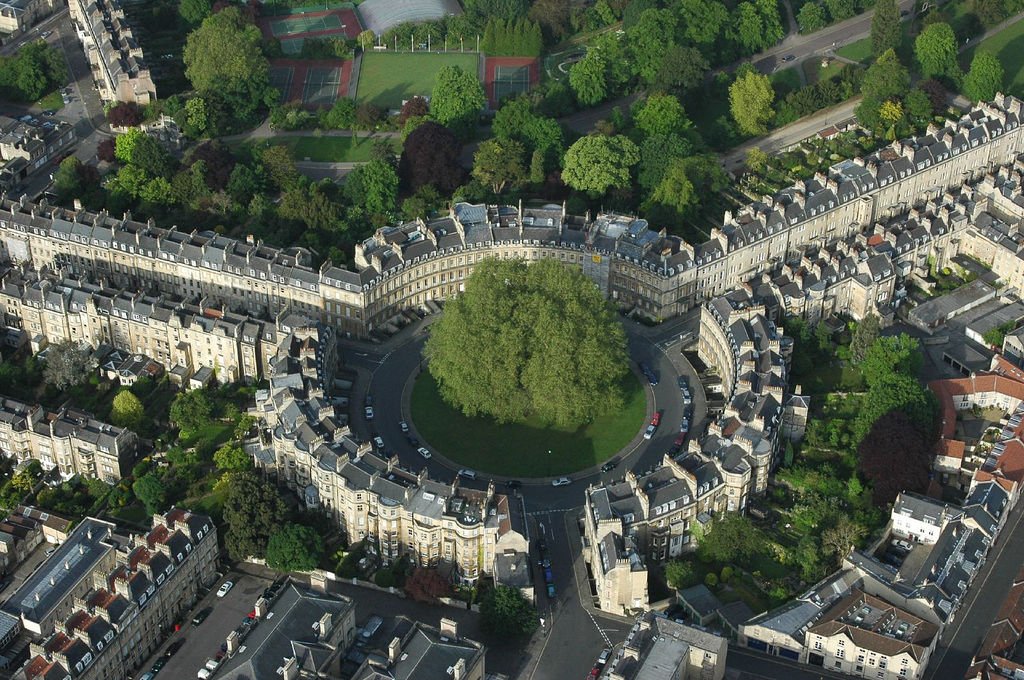
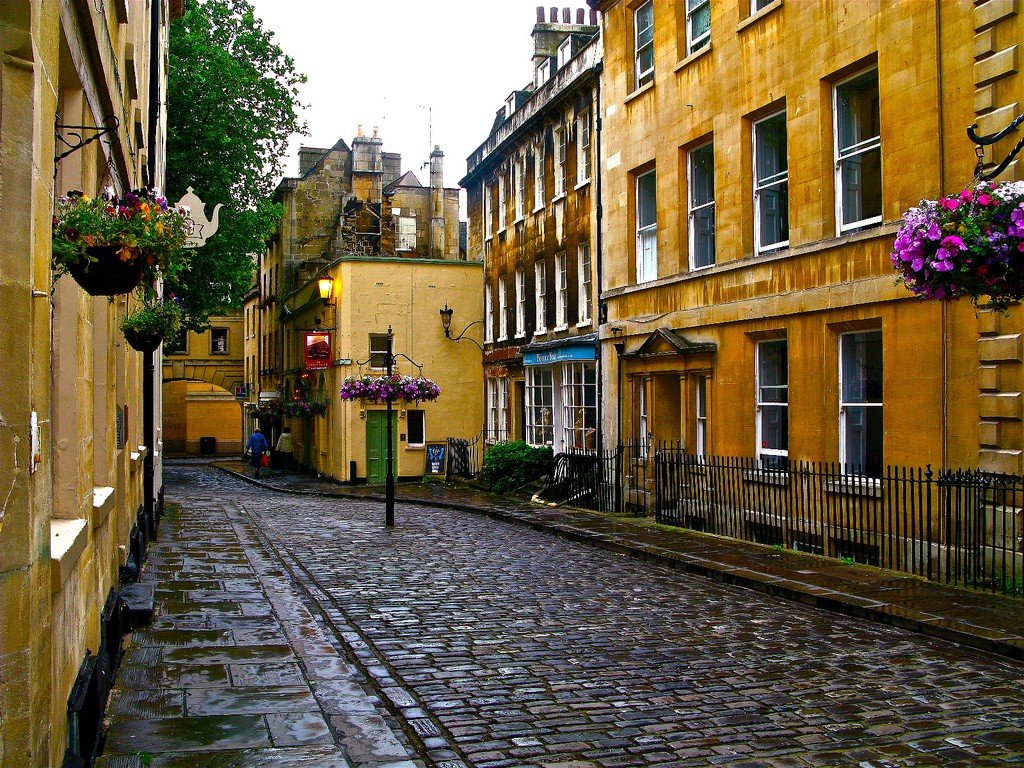

No comments:
Post a Comment